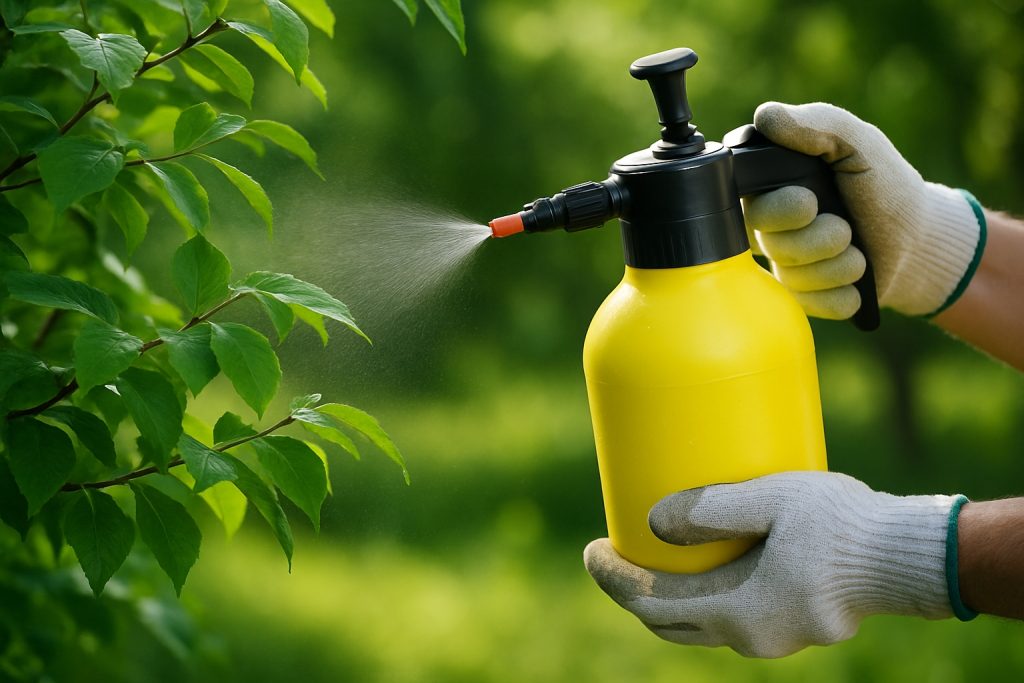Tree Disease Treatment in Willowdale, PA
When trees start to falter in Willowdale, the impact is more than just visual. It’s emotional, ecological, and financial. Mature oaks, maples, dogwoods, and ornamental evergreens form the very framework of this historic Pennsylvania town’s charm. But tree disease—quiet, insidious, and often invisible until it’s advanced—can dismantle that charm branch by branch. That’s why prompt, professional attention is critical. If you’ve noticed thinning foliage, bark discoloration, fungal growth, or sudden dieback, it’s not a passing seasonal issue—it’s your tree calling for help. A trusted tree disease treatment service can make the difference between watching your landscape fade or seeing it thrive for decades to come.
How Willowdale’s Landscape Affects Tree Health
Willowdale’s unique geography—a mix of shaded residential lots, pasture-lined roads, and rolling hills—offers both a nurturing and challenging environment for trees. Moisture retention in clay-heavy soils, combined with high seasonal humidity, creates a breeding ground for fungal pathogens like root rot and verticillium wilt. Meanwhile, warmer winters have contributed to the survival of destructive insect populations, including scale insects and emerald ash borers, which have devastated tree canopies across southeastern Pennsylvania.
Homes surrounded by dense tree lines or nestled near low-lying creeks are particularly susceptible to these threats. Without regular monitoring and proactive care, diseases can take root undetected and spread quickly through root systems, branches, and even airborne spores. Willowdale residents who value the continuity of their landscape should understand that disease prevention and early treatment are vital to preserving the longevity of their trees.
Recognizing the Early Warning Signs
The first signs of tree disease can be deceptively subtle. You might observe leaf spots that seem to grow overnight, sudden yellowing on one side of a tree, or a trunk wound that won’t heal. Sap oozing from the bark or odd fungal growth around the base may be signs of more advanced decay. While homeowners might initially attribute these symptoms to weather or aging, they’re often indicators of internal distress that require professional assessment.
Diseases like anthracnose, fire blight, or cankers each present differently depending on the tree species and time of year. Unfortunately, by the time symptoms appear externally, internal damage may already be extensive. That’s why a precise diagnosis is crucial.
What to Expect from a Tree Disease Treatment Service
A professional evaluation begins with a site visit and close inspection of affected trees and surrounding vegetation. Certified arborists use specialized diagnostic tools and techniques to determine what’s harming your trees. This might include core sampling, foliage and bark analysis, or checking soil composition for pH imbalances and nutrient deficiencies.
Once the underlying issue is identified, a treatment strategy is custom-built for your specific case. This might include fungicidal trunk injections, soil amendments to support root recovery, or systemic insecticides for invasive pests. In some situations, structural pruning or removal of infected limbs is necessary to prevent further spread. Importantly, any treatment plan will take into account the broader environment—adjacent plantings, soil runoff patterns, and wildlife presence—to ensure a safe and sustainable outcome.
Preventive Measures to Safeguard Your Landscape
Effective tree disease care doesn’t stop after treatment. In Willowdale’s climate, consistent preventive maintenance plays a huge role in keeping trees healthy year-round. That includes proper mulching to prevent soil-borne fungi, seasonal pruning to enhance airflow through the canopy, and root zone inspections during the growing season.
You’ll also want to keep an eye out for shifting weather patterns—especially prolonged damp spells—which can encourage fungal outbreaks. If your property includes older trees or high-value ornamentals, annual health checkups by an arborist can catch issues early and keep your landscape investment protected.
Why Local Expertise Makes a Difference
While many companies offer tree care, not all understand the ecological nuances of Willowdale. Working with a team familiar with local soil conditions, regional pest behavior, and area-specific pathogens is essential. A treatment protocol that works in dryer or more urban settings may fall short here. That’s why hiring a company with deep knowledge of southeastern Pennsylvania’s tree ecosystem leads to more effective, longer-lasting results.
Time Matters—And So Does the Right Care
Waiting to treat a tree disease can reduce the odds of recovery and increase your overall cost down the line. But with the right intervention—performed with precision, care, and local expertise—many trees can bounce back with renewed vigor and growth. Your trees are more than features of your yard—they are vital, living assets that deserve thoughtful attention.
If you’re noticing signs of distress in your trees or simply want peace of mind that your landscape is protected, take the first step today. Reach out now to schedule a professional assessment and secure a treatment appointment. Appointments fill quickly during peak seasons, so reserving your spot early ensures your trees receive timely care before issues escalate. Don’t wait until damage is irreversible—help your trees regain their strength and your landscape its full beauty.


